Click to view our Accessibility Statement or contact us with accessibility-related questions






PRODUCTS YOU MAY LIKE
Trending Posts in Audiophile

Simthaniel
Rigs
Modded headphones with qudelix at the core
When I received the Qudelix 5K, I had already modified a pair of Superlux HD-681 headphones. I previously soldered my own balanced connections to the drivers, providing multiple ways to connect and...
Apr 14, 2024

brothamike
A decent set of IEMs
I am in the midst of a 300 hour burn-in but, I will say I am enjoying how this set sounds so far. Before I received these which was btw late by a few weeks, I purchased a Sony/Kimber Kable MMCX...
Apr 12, 2024
merrick97
Should I exchange the PC38X for better headphones?
I bought the PC38X headphones FOR GAMING and they are great, but I have NO use for a Microphone since I don't do competitive gaming and I was wondering if there were better headphone options at a similar price without a headphone, where (presumably) more of the cost was put into making it sound better. I also find that my PC38X don't get quite as loud as I would like and I was wondering if a cheap amp like the iFi Go link would draw a little more volume out of my phones. https://www.amazon.com/dp/B0BN6MM822?psc=1&ref=ppx_yo2ov_dt_b_product_details I went with the PC38X since it was considered the best bang for buck headphones. I care most about using spatial apps like DOlby Atmos and DTS Headphone:X. Suggestions are welcome.
Apr 11, 2024

LostnAmerica
Sound Signature of the Grell Project.
Wondering what type of sound signature the Drop Grell project headphones will have or trying to attain. Any update would be appreciated.
Apr 8, 2024

Fabulous
Looking for a gaming/content audio setup
Hello! I'm looking for recommendations on audio setups. I'd be planning on using it mostly for gaming. Preferably I'd like a pair of large closed back headphones since I have a big head and jaw. I'd also like to hear myself through my mic with mic monitoring. As far as budget goes, I don't really have one. But under 600$ would be nice. I can go higher if needed. The audio setup would be connected to a high performance PC. Thank you in advance for any recommendations!
Apr 4, 2024

1plsd
$10 Drop Coupon Email not sent?
Trying to buy some gear off Drop for the first time. I was told I would receive an email with a welcome to drop $10 off promo. I never received that email. Drop was able to send me emails for my login token and email for Password update. But for some reason the $10 off coupon was never sent to me.
Mar 31, 2024

NMPacella
New here
Hello, I just joined, primarily for the audiophile products. Looking at purchasing the NHT C3 speakers for our new living room. Space is about 15 feet wide by 33 long and they will fire long ways. Space is just for general listening, music room with all equipment is downstairs, so hoping they will fill it with sound nicely. Cheers.
Mar 18, 2024
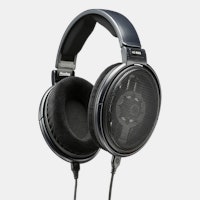
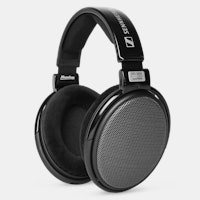

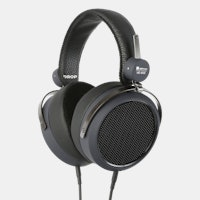
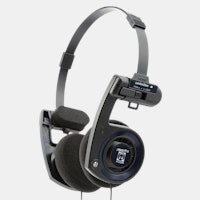
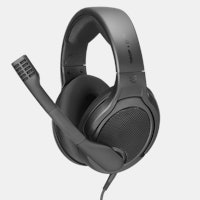
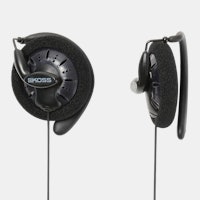
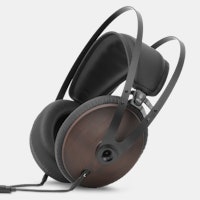
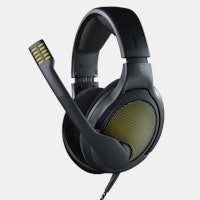
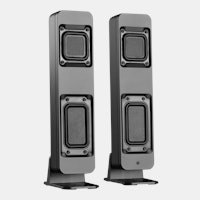
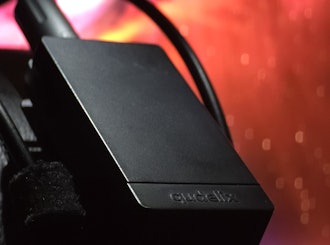
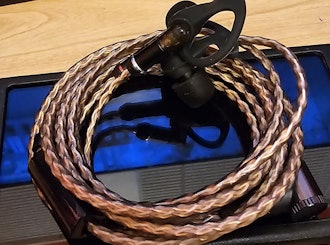
Anyone know how this compares to a well implemented TPA3116 amp, assuming you've compared the two types of chips?
I don't need a lot of power as I have 97db efficient speakers in a small room.
Overall the TDA7498e has a cleaner Full spectrum THD than the TPA3116 ( tpa3116 is above .1% THD to .3% THD at all levels between 2khz and 10khz) in comparative levels above 200mw.
Here is the problem, Sometimes we find THD to be musical to our ears. Harmonic Even vs Odd Thd is a factor. Delay is reverb and causes sound stage differences. Frequency Phase Linearity is another issue. DACs chips are now addressing this (FPL) with Integrated Output filtering. Class-D designs are getting attention so they may be doing a few things right besides THD distortion and Damping control. With so many variables, so much gear and so few bench testers to isolate all factors we stick to the status quo of engineering specs. We all have personal taste in EQ,reverb, phase linearity,ear geometry, room treatment issues etc. A great article is https://www.soundonsound.com/sos/feb10/articles/analoguewarmth.htm
So to say the 7498e will be better than a TPA3116. Given the Frequency THD figures and headroom quite likely unless you listen below 200mw all the time. As long as SMSL did a good job with the SA-160.
Below .1% seems to be the "transparent" trend these days or the SNR of -100db threshold hearing point. See http://www.axiomaudio.com/distortion and http://www.silcom.com/~aludwig/EARS.htm which makes it more confusing but explains it more technically.
We need to look at 3 general types of amps now. Solid state, Tube and Class-D (class-t amp). Apples oranges and plumbs. They all have sonic characteristics which we prefer individually. Tubes tend to have the most musical THD and get away with a lot more "enhancements" aka THD according to a few studies.
I stated the SA-160 vs another Class-D THD% and found by design the TDA7498e to be lower THD across the entire listening spectrum compared to the TPA 3116. Same applies to other 2020 , TA2022 TDA 7492 chip implementations. So the TDA7498e appears to have the potential to be the highest fidelity Class-D above 200mwatts while also having a very usable power output (50w RMS) while retaining Class-D sound signature. Final design implementation being equally important.
All this being said, there isn't really a "True Spec" to quantify what makes an amp best quality. Frequency response and THD , Damping factor is easy to measure and is at least a starting point. IMD is very important(some specs have it) , Linear Phase Frequency response, (LPF chief advantage of bi-amp active designs eliminating crossover phase distortions) and Transient ability are just as important. Almost no one gives these except in a few High end Amp spec sheet.
Shared knowledge is pushing the envelope and maybe sometime soon we will have a new standard for sound quality measurements.
Electrical is measurable. Our Ears are great but what's between them is the problem.